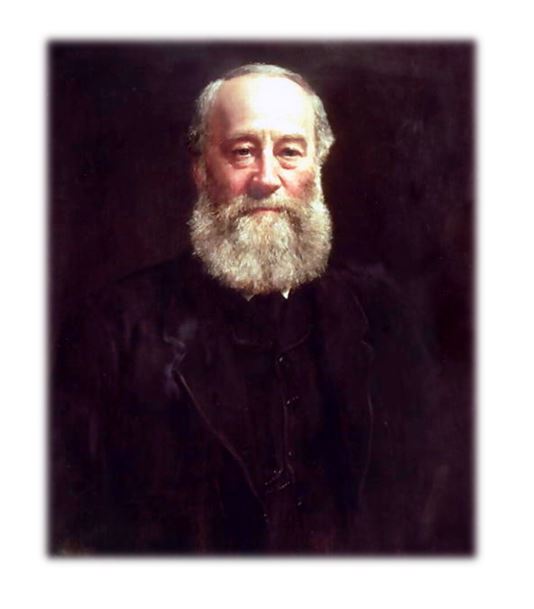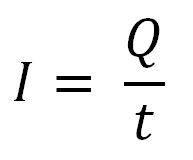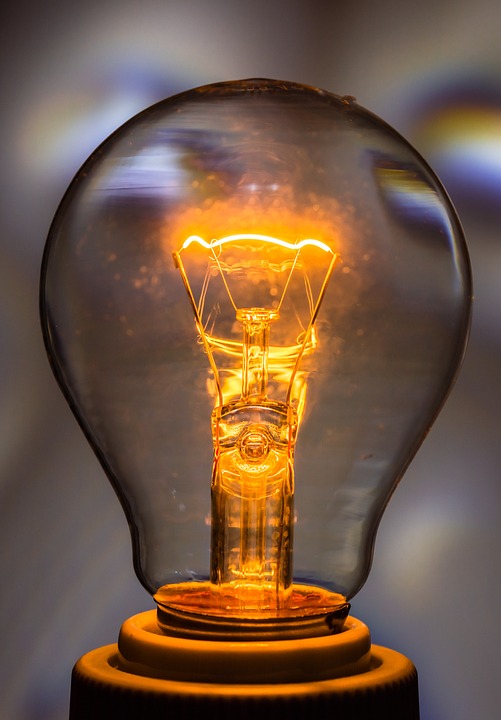Electrical Energy
Electrical Energy is one possible form of energy. Other forms are, for example, thermal energy
or mechanical energy.
|
If a certain voltage U is applied to an electrical device, and if an electrical current I flows through the device, electrical energy is transformed
in this device.
Therefore amperage is defined as the charge that is transported per time.
Electrical energy E is proportional to voltage U, and likewise to electrical charge Q. Mathematically this is expressed like this:
E = U ⋅Q |
|
The higher the voltage U and the more electrical charge Q is transported, the higher the electrical energy E. Charge Q can be determined
if the amperage I is known and the time t in which electrical current flows:
Q = I ⋅ t
If you add the relation Q = I ⋅ t to the equation E = U ⋅ Q the resulting new relation is
E = U ⋅ I ⋅ t mit
E electrical energy
U voltage
I amperage
t period of time

The unit to describe energy is Joule (J) and it is defined like this
1 Joule = 1 Volt ⋅ 1 Ampere ⋅ 1 second
In words: one joule of energy is transferred if an electrical currrent of one ampere flows at a voltage of one volt
within one second.
The unit joule is named after the English physicist James Prescott Joule (1818-1889).


